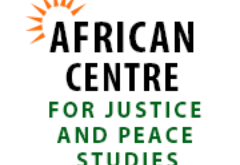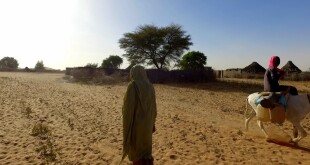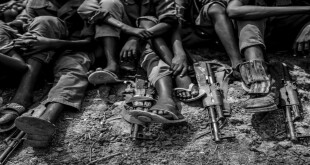Introduction
Starting in 1989, the Sudanese economy began to lose its memberships in the major economic organizations. That came on the heels of efforts to implement what was called an Islamic economic system, although it was nothing but slogans for which the political Islam project could find no precedents for practical application. In addition, the economy suffered the impact of neglect of agricultural, pastoral and forest resources.
Later, by the year 1997, the Sudan had come to depend on oil as a basic resource. Oil revenues were shrouded in secrecy under the control of an influential group within the ruling party. However, revenues were allocated to finance armed struggles against the Sudan People’s Liberation Movement, and later against armed opposition movements in the Darfur region.
The Sudan started making efforts to meet the conditions of the International Monetary Fund (IMF) in 2001. However, it quickly became evident that there were obstacles to the transition to a free market system. The situation remained as it was, without any serious efforts to overcome it, throughout the transitional period of the Comprehensive Peace Agreement (2005-2011). After the separation of South Sudan in 2011 and the loss of oil revenues, forced attempts were made to eliminate subsidies for commodities in 2012, 2013 and 2016 in order to comply with IMF conditions. None of those austerity measures was accompanied by rehabilitation of depleted agricultural resources and forests.
It was against this backdrop that economic distress took hold, and people began to seek out alternative resources outside the control of the Government. Mining for gold was one of the alternatives. It was pursued in many parts of the Sudan, but the most important of the fields was the Jabal Amir mine in the Darfur region. It remained open to all until 2013 when it became a proprietary field after the discovery of a quantity of gold with revenue estimated as follows: “The gold trade puts more than 123 million dollars annually into the pockets of armed militias in Darfur. That is on top of 54 million dollars taken in by the Musa Hilal militia. From 2010 to 2014, some 4.5 billion dollars’ worth of gold was smuggled from the Sudan to the United Arab Emirates”. Informal miners outside the actual field found their way to the desert border area shared by Niger, Chad and Libya, the Tibesti mountain region. A series of substantial deals were struck among miners, the Chadian opposition and the Boko Haram terrorist group to trade the gold for vehicles. The Chadian Government soon took notice and began to combat the phenomenon.
The political and security chaos in the Libyan Arab Jamahiriya encouraged armed groups to exchange Libyan oil for vehicles from several States. The Sudan became a popular market for such vehicles, especially following Sudanese decisions conducive to the phenomenon, which came at the same time as the Sudan was negotiating for the lifting of American economic sanctions imposed on the Sudan since 1997. The phenomenon became widespread, and although there are some who regard it merely as a case of the Sudan having recourse to a cheap resource, this paper will show that there are aspects of it that resemble money-laundering. This is especially important in the light of the IMF conditions that the Sudan has been trying to meet since 2001, which require explanation of certain assets tied to companies that are attached to institutions connected with the State but which are fundamentally linked with the governing party.
The gravity of the matter lies in its implications for the prolongation of armed struggle in the region and the creation of armed groups with financial resources and weapons that could change the course of events on the ground in both the Sudan and the Libyan Jamahiriya. The paper will not address the relationship of this activity to illegal immigration and routes for the smuggling of drugs and weapons into Europe through States bordering the Sahara. However, it appears that such a relationship is not far-fetched, especially now that French and Chadian forces have clamped down on extremist groups in Mali. Another possibility that looms on the horizon is that those groups will no longer appear in their traditional armed form, but in a financial dimension that targets resources in illegal ways.
Read full document here: War Economy of Dafur
 African Centre for Justice and Peace Studies ACJPS | المركز الافريقي لدراسات العدالة و السلام
African Centre for Justice and Peace Studies ACJPS | المركز الافريقي لدراسات العدالة و السلام




